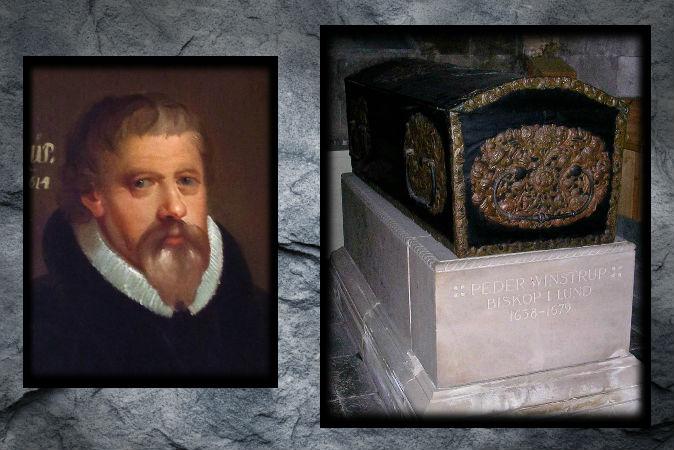Researchers at Lund University hospital were in for a surprise when they conducted a CT scan of a mummified Scandinavian bishop, and spotted the remains of a tiny fetus tucked under the bishop’s feet. The mummy belongs to Bishop Peder Winstrup, a prominent historical figure in Scandinavia who died in 1679. Archaeologists have been speculating as to the reason for the fetus’ placement in Winstrup’s coffin.
Discovery News reports that the finding was made when testing was carried out on Winstrup’s remains in the hope of learning more about the health and lives of people in Medieval Scandinavia.




